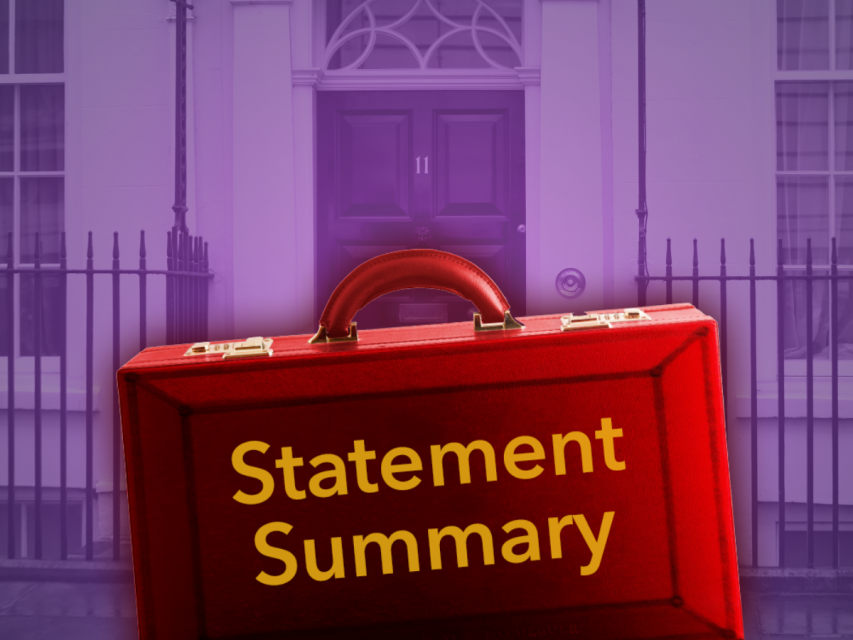
For a short period, men born after 5 April 1951 and women born after 5 April 1953 are able to buy extra National Insurance years to top up their State Pensions. If you are eligible, you may be able to make up for gaps between tax years April 2006 and April 2016 – but only if you act before 31st July 2023.
When the government updated the State Pension system in 2016, they added a transition period so that those impacted could top up their pensions and boost their retirement income.
Under the new State Pension, you’ll need around 35 years of National Insurance payments to qualify for the full pension amount of £185.15 per week. However, if you started making National Insurance payments before 2016, you might need up to 40 years of payments.
The transition period allows you to cover any gaps in your National Insurance record back to 2006. After 31stJuly, you can only cover gaps from the most recent six years.
How to check your State Pension forecast.
Checking how much you are likely to get from the State Pension is quite straightforward.
Use the governments’ State Pension forecast calculator to see how much State Pension you could receive when you retire. You’ll need a Government Gateway account to log in, but you can create one of these if you don’t have one. You or your accountant will have created on if you complete Self-Assessment each year.
The website will give you a forecast. If this is lower than £185.15 per week, you may be able to top up your pension by making additional National Insurance contributions.
Underneath the forecast, follow the link to view your National Insurance record.
How to check your National Insurance record.
You can see every tax year that you’ve made National Insurance contributions and whether they are ‘full year’ or ‘incomplete’ on the government website. If any years from 2006 are incomplete, you may be able to purchase them.
There are two aways you can top up your National Insurance contributions:
- Claim a credit – if you have a qualifying reason, such as being on sick pay, employment support, maternity/paternity pay or caring for someone
- Make a payment – you can also buy contributions to plug the gaps in your record
Should you buy extra National Insurance years?
Until 31st July 2023, you can purchase National Insurance years all the way back to 2006 if you are eligible, afterwards it will be limited to the most recent six years.
If you are near State Pension age and your forecast showed less than £185.15 per week it may be a good idea to top up your National Insurance record.
If you’re younger than 45-50 it’s not as simple as you may be able to close the gap by other means – such as working extra years.
What is extra National Insurance worth?
Buying a year of National Insurance usually costs £824 – unless you’re self-employed or topping up one of the two most recent tax years.
That £824 will get you an extra £275 per year in your state pension – so if you live three years after beginning to take your pension you’ll be in credit and if you live twenty years from retirement you’ll get £5,500 for your £824.
It’s worth pointing out that you can’t boost your pension above £185.15 – so if you’re projected to get around that mark it may be less beneficial to buy extra years of National Insurance.
Confirm your choices with a helpline.
While this article is intended as a rough guide, it’s important to get personalised information for your situation. To help, there are two government services you can contact.
If you haven’t reached State Pension age, call the Future Pension Centre on 0800 731 0175
If you’re already at State Pension age, including deferrals, call the Pension Service on 0800 731 0469. The lines are open between 8am and 6pm, Monday to Friday.
How to buy extra National Insurance years.
If you’ve spoken to the government helplines and decide to top up your National Insurance record, you need to contact HM Revenue & Customs for an 18-digit reference number.
You can then make payment directly to HMRC, using your reference number.
You’ll then see the increase reflected in your State Pension forecast or, if you’re already claiming the State Pension, your regular pension payments.
It’s worth looking into your State Pension forecast soon, as the transitional arrangements will end on 31st July 2023 – after which you’ll only be able to top up the most recent six years of National Insurance.
Even if you find that you are forecast the full £185.15 – it’s better to know today.
If you need financial advice or would like to open an account yourself visit www.truepotential.co.uk or call our dedicated team on 0191 625 0350.
This article is not a personal recommendation or financial advice. The figures quoted are forecasts, not guarantees and based on current law. Tax rules can change at any time.
Back to blog






